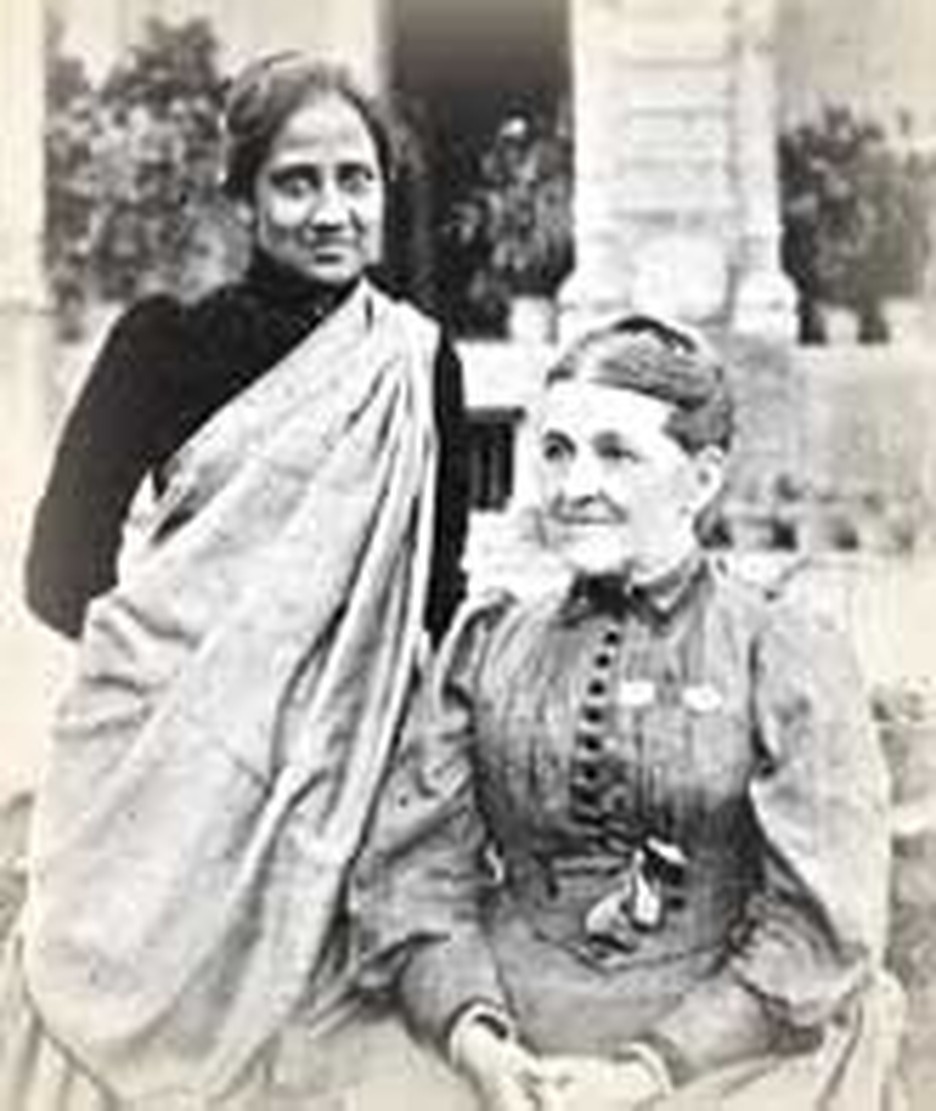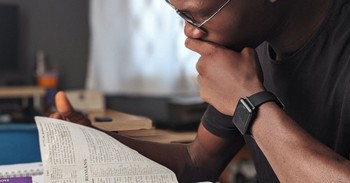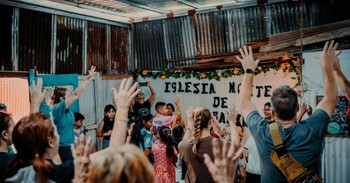
When Miss Isabella Thoburn opened her first school in India, she was able to coax only seven frightened girls to enter the room. Their priests had told them that education was a sin for a woman. To protect the young women from anyone who might try to break up the class, Isabella hired a man to guard the door with a club.
Isabella was the second youngest of ten children born to a godly family in St. Clairsville, Ohio. As a child she showed unusual determination with her school work, persisting over problems until she completely understood them. She gained moral insight, too. Her mother taught her that we are all on earth to serve, not be served. Isabella never forgot that teaching.
Her brother James went to India as a missionary. He dreamed of lifting India's women out of their ignorance, and hoped his wife might begin the work of educating them, but when she died, that dream evaporated. On an impulse he wrote Isabella, asking her would she would be willing to teach Indian girls.
Isabella said "yes." As soon as the Methodist church could organize a women's mission society, she was on her way. Clara Swain, the first female missionary doctor, traveled with her. Isabella arrived in hot India on this day, January 7, 1870. Immediately, she began visiting women in their Zenenas and sharing the gospel with them. In April that same year she opened her first school in the Lucknow bazaar.
India's women needed attention. As someone has remarked, they were "unwanted at birth, unhonored in life, unwept in death."
Isabella worked tirelessly in behalf of these rejected women, traveling across India to urge the founding of church schools for girls. For many years she edited a semi-monthly newspaper in Hindi, called Women's friend (Rafiq - i - Niswan). When funds permitted, she acquired a fine building and converted it into a boarding school. That school grew. It became a high school, added a college and today is Isabella Thoburn College in Lucknow, India.
One of the women she trained was Lilavati Singh, a beautiful and cultivated representative of the upper caste. Lilavati toured America pleading for funds to expand India's educational work among women. President Harrison remarked after meeting her, that if she alone had been the result of all the money spent on missions, she was worth the entire sum. After Isabella's death from cholera in 1901, Lilavati directed the college for eight years.
Bibliography:
- Deen, Edith. Great Women of the Christian Faith. New York: Harper, 1956.
- Johnston, Julia H. Fifty Missionary Heroes Every Boy and Girl Should Know. London: S. W. Partridge, 1899. Source of the image.
- Montgomery, Helen Barrett. Western Women in Eastern Lands. New York: Macmillan, 1910; esp. pp. 166 - 176.
- Robert, Dana L. American Women in Mission; a social history of their thought and practice. Macon, Georgia: Mercer, 1996; especially at p. 160ff.
- Swain, Clara. A Glimpse of India. New York: Garland Pub., 1987.
- Thoburn , J. M. Life of Isabella Thoburn. New York: Garland Pub., 1987.
Last updated May, 2007.


